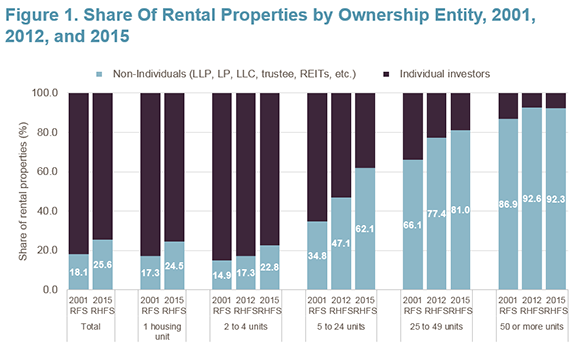 |
| by David Luberoff Senior Associate Director |
In the first piece, which appeared in International Planning and Development Review, Raven Anderson (formerly a research fellow in the Social Agency Lab at the Harvard Graduate School of Design) and Michael Hooper (an associate professor of urban planning at the GSD) explain that because of an economic boom, a series of harsh winters, and the decline of the rural economy, Ulaanbaatar grew dramatically over the last two decades. In response, a diverse array of domestic and international organizations converged on the city to help address the environmental, spatial, and social challenges created by the rapid growth.
Anderson and Hooper, interviewed representatives from 18 of these organizations and learned that while there is agreement about the city's main challenges there is a lack of consensus about how to tackle them. The result, they note, was a "proliferation of plans, in which local organizations' perspectives are often given relatively little attention."
In the second article, which appeared in the Journal of Urbanism, Anderson, Hooper, and Allie Aldarsaikhan Tuvshinbat (also a former researcher at the Social Agency Lab) use interviews with about 120 residents to explore some of the differing perspectives. They found that while there were relatively high levels of support for increases in unit-level density and for apartment living, the majority of interviewees also favored low land-use density.
The tension between the two findings, they note, is "a central theme in the results. The limited appeal of high-density land use likely reflects Mongolian cultural attitudes towards land and open space. These attitudes are generally not reflected in the global 'compact city' models that are promoted by international organizations and which appear to be driving the current city masterplan and other formal planning efforts in the city."
The divergence between residents' views and the organizations' desires, note Anderson and Hooper in the first article, "is likely to further reduce the city's ability to effectively cope with rapid urban growth."







